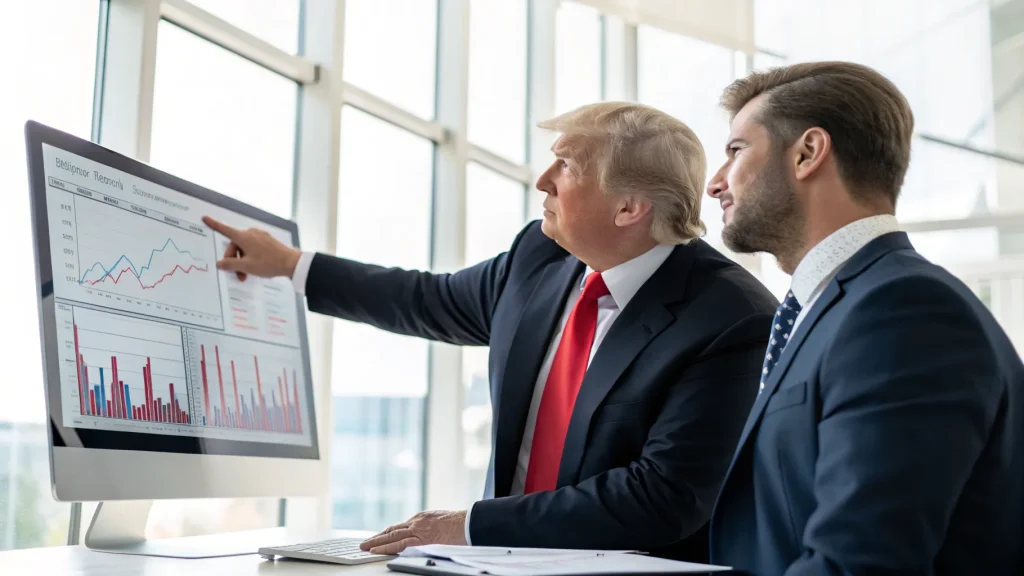Financial analyst and ‘Making Money’ host Charles Payne recently discussed the economic implications of President Trump’s tax legislation, offering insights into how the tax reforms might shape the nation’s financial landscape.
Payne, known for his market analysis on Fox Business Network, evaluated the potential effects of the tax bill on various sectors of the economy, from corporate growth to individual taxpayer benefits.
Table of Contents
ToggleCorporate Tax Cuts and Economic Growth
During his analysis, Payne highlighted how the corporate tax rate reduction from 35% to 21% represents one of the most significant aspects of the legislation. This substantial cut, according to Payne, could potentially stimulate business investment and expansion.
The corporate tax cuts give American businesses more capital to reinvest, hire additional workers, and compete globally,” Payne explained. He pointed to several companies that had already announced bonuses, wage increases, and expansion plans following the tax bill’s passage.
Payne suggested that increased corporate profitability might lead to higher stock market valuations, benefiting retirement accounts and investors across economic brackets.
Impact on Individual Taxpayers
The ‘Making Money’ host also addressed how the tax legislation affects individual Americans. He noted that while the individual tax cuts are temporary and scheduled to expire in 2025 (unlike the permanent corporate tax reductions), most taxpayers would see some form of tax relief in the near term.
According to Payne’s analysis, middle-income families could benefit from:
- Lower individual tax rates across most brackets
- An expanded child tax credit
- A higher standard deduction
However, Payne acknowledged the regional disparities in the bill’s impact, particularly for residents of high-tax states who face new limitations on state and local tax deductions.
Long-Term Economic Considerations
Payne’s discussion included an examination of the tax bill’s potential long-term effects on the national debt and economic growth. He addressed concerns about whether the projected economic growth would offset the estimated $1.5 trillion addition to the federal deficit over the next decade.
The key question is whether we’ll see the 3% or higher GDP growth that supporters of the bill predict,” Payne stated. That level of sustained growth would generate significant additional tax revenue that could help mitigate deficit concerns.
The financial analyst also discussed how the Federal Reserve might respond to potential inflationary pressures resulting from accelerated economic growth, suggesting that interest rate policies would play a crucial role in managing the economy post-tax reform.
Global Competitiveness
A significant portion of Payne’s analysis focused on how the tax changes position American businesses in the global marketplace. He noted that the reduced corporate rate brings the U.S. more in line with other developed nations after years of having one of the highest statutory corporate tax rates among OECD countries.
This tax reform makes the U.S. more attractive for both domestic and foreign investment,” Payne observed. He suggested that the combination of tax cuts and reduced regulations could reverse the trend of corporate inversions and offshore profit holdings that had characterized corporate behavior in recent years.
Payne concluded his economic assessment by emphasizing that while the immediate market reaction to the tax bill had been positive, the true test would be whether the legislation delivers on its promise of sustained economic growth and broader prosperity for American workers and businesses in the years ahead.















